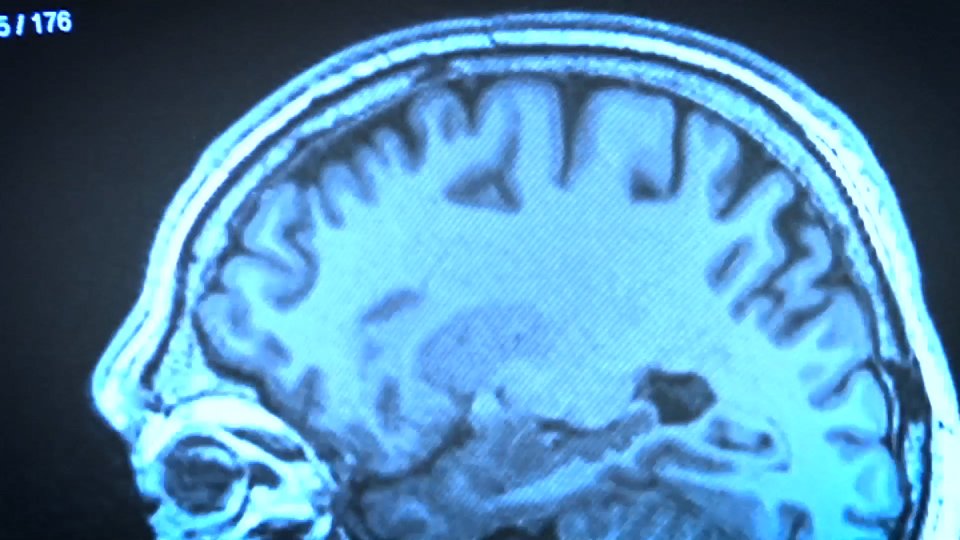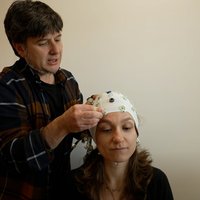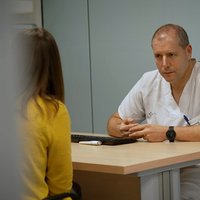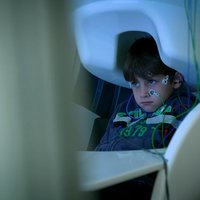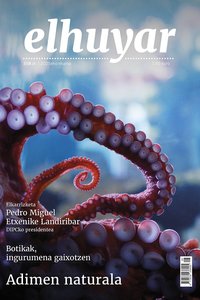Neuron-like cells have been produced from human dental pulp stem cells
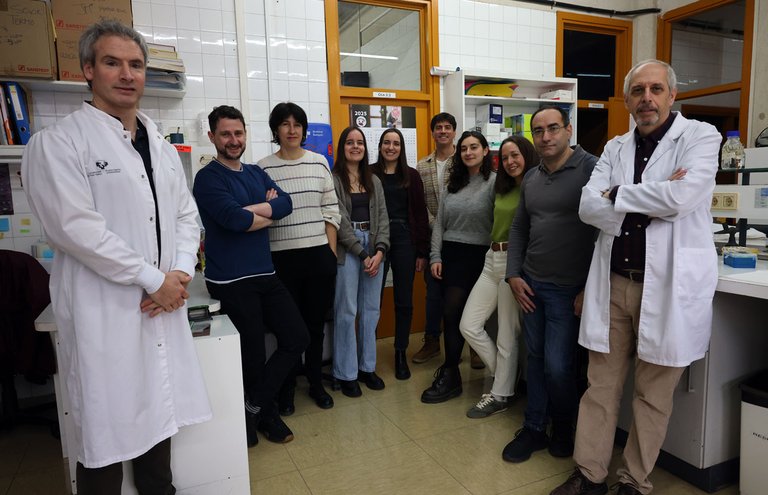
Researchers at the UPV have shown that stem cells extracted from dental pulp can be transformed into excitatory neuronal cells. It is highlighted that it could be a new way to investigate different neurodegenerative diseases and to advance in cell therapy. The work is published in the journal Stem Cell Research & Therapy.
A mature neuron cannot divide, and the brain has little capacity to regenerate naturally because it has few stem cells. For this reason, scientists are looking for ways to create functional neurons that can be transplanted and thus overcome deficits in neurodegenerative pathologies such as brain trauma, stroke, etc. But in order for transplanted brain cells to integrate into the damaged brain circuit and replace lost neurons, it is imperative that these cells be able to generate electrical impulses.
In fact, the cells obtained by UPV researchers from human dental pulp are capable of generating electrical impulses such as neurons. The main achievement is that the cells that they have produced have functional excitability and synthesize a type of neurotransmitter that regulates neuronal activity without being genetically modified, since they have taken the original dental cells and cultured them directly with differentiation factors, giving them concrete stimuli to generate cells with neuronal electrophysiological activity.
The cells they have produced are able to synthesize a neurotransmitter called GABA. It is a type of signaling inhibitor, i.e., it controls the neuron receiving the signal from not generating electrical impulses. Researchers note that this is very important because in certain neurodegenerative diseases, such as Huntington’s disease and epilepsy, certain areas of the brain are affected by the death of these cell types, and only these, resulting in more excitement of the brain circuit than necessary.
Gaskon Ibarretxe Bilbao and José Ramón Pineda, lecturers in the Department of Cell Biology and Histology at the UPV/EHU, are very optimistic about the new paths that will be explored thanks to this discovery. They believe that these cells can enter damaged brain circuits and replace lost neurons. In this way, they could reconnect with the neurons already in the brain and regenerate the entire lost area to make it work properly again. This finding proposes a different approach to traditional cellular therapy applied to the nervous system; until now, the main objective of the therapies was to reduce inflammation, i.e. to protect what was left alive but not to renew what was lost. This has opened a new door to future personalized medicine, the researchers say.
They indicate that the next step will be to transplant these cells into living animals and see if they integrate into the brain circuit and reconnect with the host's neurons. Cells that produce electrical impulses characteristic of fully immature neurons have been obtained, but these cells must produce electrical impulse chains and be properly integrated into the neuronal circuit. The researchers point out that the path will be long, but they believe that there is a high probability that these cells will be implemented in the clinic. Transplantation in the fully immature phase can make them more flexible and facilitate their integration into already developed brain circuits. In fact, researchers say that these cells have an inherent advantage: They do not tend to form tumors; conversely, they have been shown to be very stable cells and differentiate better than other types of human stem cells.
Buletina
Bidali zure helbide elektronikoa eta jaso asteroko buletina zure sarrera-ontzian




